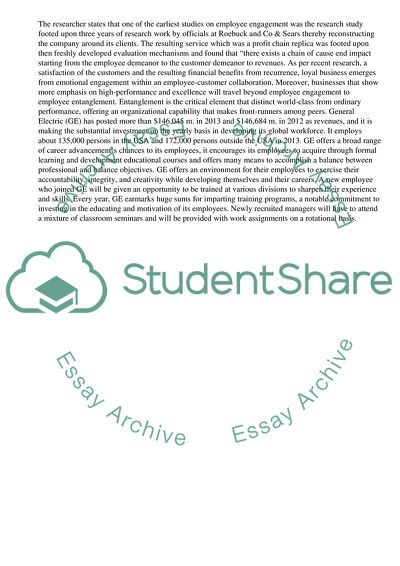Cite this document
(“How Employee Motivation Enhances the Organisational Performance Assignment”, n.d.)
How Employee Motivation Enhances the Organisational Performance Assignment. Retrieved from https://studentshare.org/business/1654428-behavioural-sciences-motivation
How Employee Motivation Enhances the Organisational Performance Assignment. Retrieved from https://studentshare.org/business/1654428-behavioural-sciences-motivation
(How Employee Motivation Enhances the Organisational Performance Assignment)
How Employee Motivation Enhances the Organisational Performance Assignment. https://studentshare.org/business/1654428-behavioural-sciences-motivation.
How Employee Motivation Enhances the Organisational Performance Assignment. https://studentshare.org/business/1654428-behavioural-sciences-motivation.
“How Employee Motivation Enhances the Organisational Performance Assignment”, n.d. https://studentshare.org/business/1654428-behavioural-sciences-motivation.


